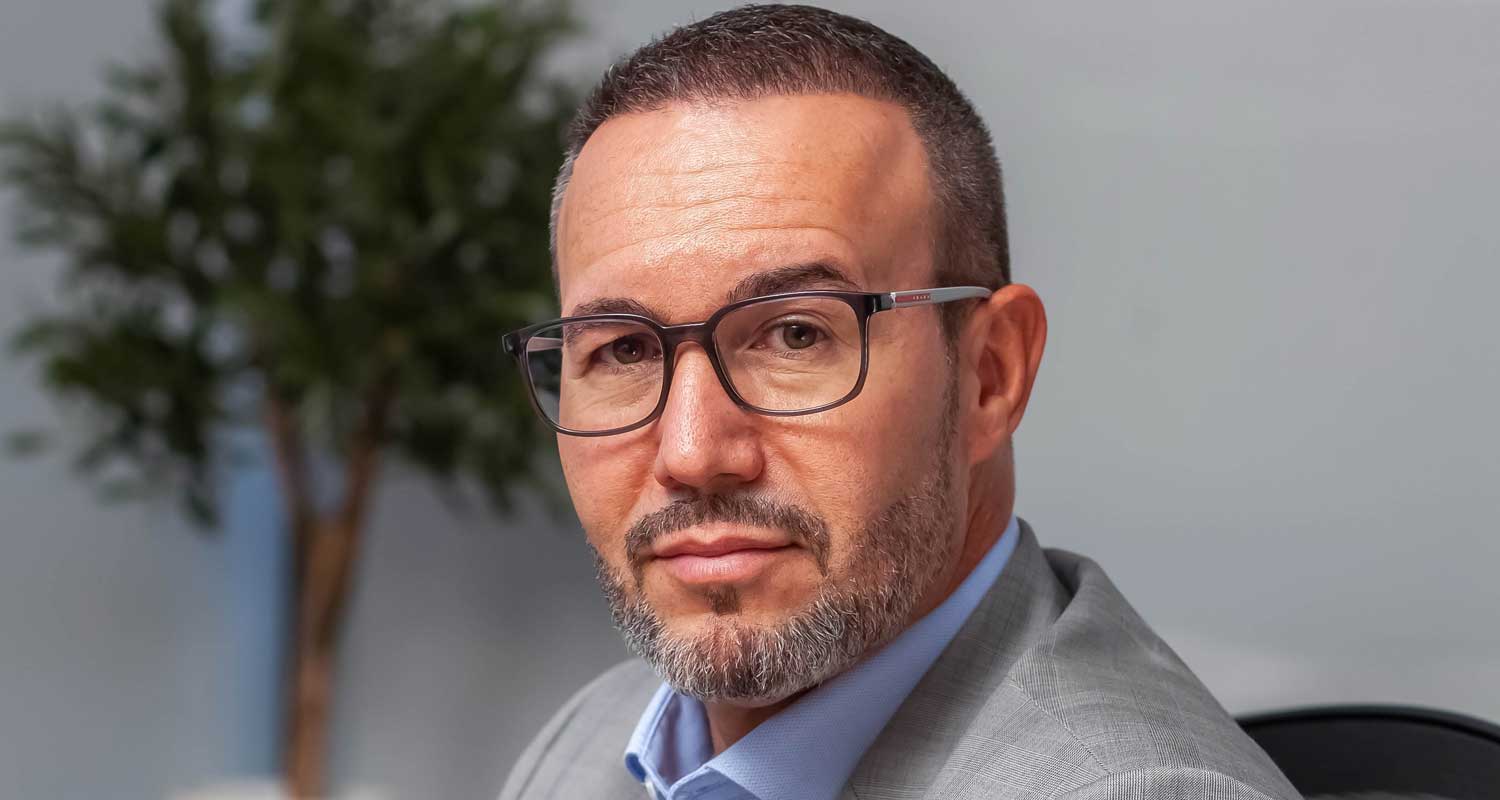South Africa has a problem with the overproduction of plastic Sim cards, most of which end up in landfill sites or in the environment.
Dubbed the Sim card “washing machine” by senior executives in South Africa’s telecommunications industry, users purchase Sims pre-loaded with airtime only to use it up and throw away the plastic.
Mobile operators use pre-loaded airtime and data as a way of drawing customers in, with the hope that the “freebie” will initiate engagement and end up sticking. Spoiler alert: most of the time it doesn’t do that.
Embedded Sim (eSim) technology, a modern, software-defined version of the tradition Sim, has the potential to solve the wastage problem over the long term. However, according to Vodacom Group CEO Shameel Joosub, there are other complexities to consider.
“On the overprinting of Sim cards, yes, there is definitely an issue in South Africa,” Joosub said in an interview with Bitcomme on Monday.
“eSims would help from the perspective that there is no physical card, but remember that for eSim, the devices have to be enabled and that is still going to take a while because your mass number of connections are still not eSim. It is at the high end (in contract) where eSim [devices are] prevalent. In prepaid, when you get into the lower-end devices, eSim is not offered.”
According to Joosub – and Cell C CEO Jorge Mendes – South Africa’s telecoms industry prints nearly 10 million physical Sims a month, or a staggering 120 million a year for a population of about 65 million people.
Granted, devices with dual-Sim capability are common. Many subscribers prefer having more than one Sim to mitigate against coverage gaps in the places they frequent. They also get the best of both worlds by choosing mobile operators with opposing strengths, like cheaper data on one Sim versus cheaper calls on another, for example.
Some South Africans use more than one device, either owning two cellphones, a phone and a tablet or a phone and a Sim-capable laptop, depending on their needs.
Read: Sim card insanity in South Africa
Even so, a one-year cycle of the Sim washing machine would ensure the every adult, child and infant gets two new Sims each on average every 12 months. A five-year cycle produces enough Sim cards for one person theoretically to own 10 devices. So, where do all these wasted pieces of plastic end up? They are found in the back corners of drawers, at landfill sights, as litter on the side of the road and, worse, in our rivers and oceans.
South Africa’s mobile operators have detailed environmental, social and governance programmes, with a strong focus on reducing plastic waste and improving management of general waste. Reducing the size of Sim cards and using recycled material instead of virgin plastics have helped offset the environmental impact.

But Sim waste is not exclusively plastic waste. The electronic components in the Sim are also valuable, but they are so small they may not be worth the effort it would take to salvage them, meaning eSim adoption might be the only way to eliminate this waste source entirely in the years ahead.
In general, only phones costing R9 000 or more offer eSim support. But features launched first in higher-end devices find their way to the mid-tier and then low-end of the market over time. Even then, operators may not be willing to drive eSim adoption for fear they might lose market share.
“I don’t see any of them stomaching this (not printing Sim cards) for more than a month. Shareholders and executive committees don’t like the metrics. But it is wasteful, and the big winners are the Sim card providers,” said Mendes. – © 2025 NewsCentral Media
Get breaking news from Bitcomme on WhatsApp. Sign up here.

